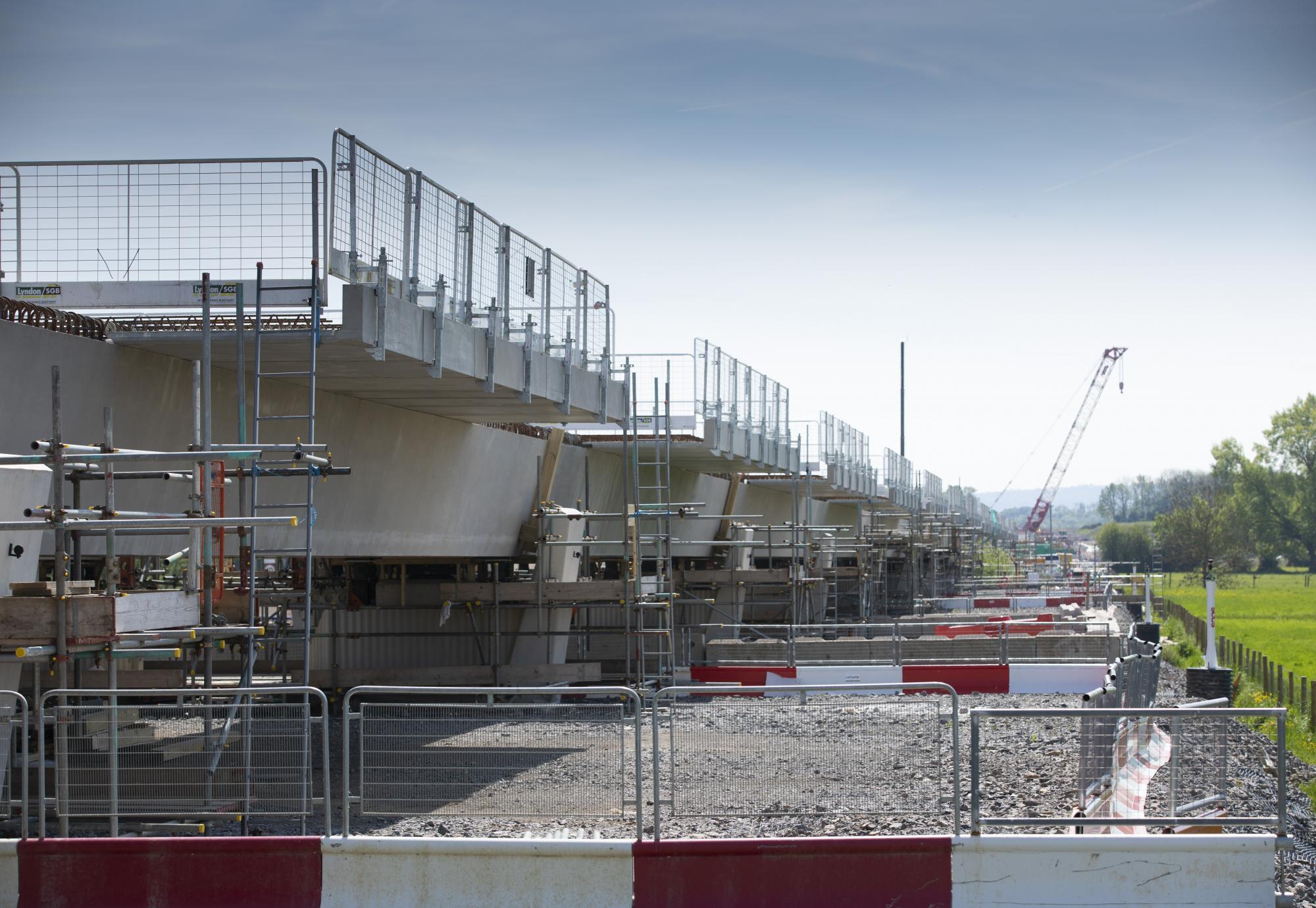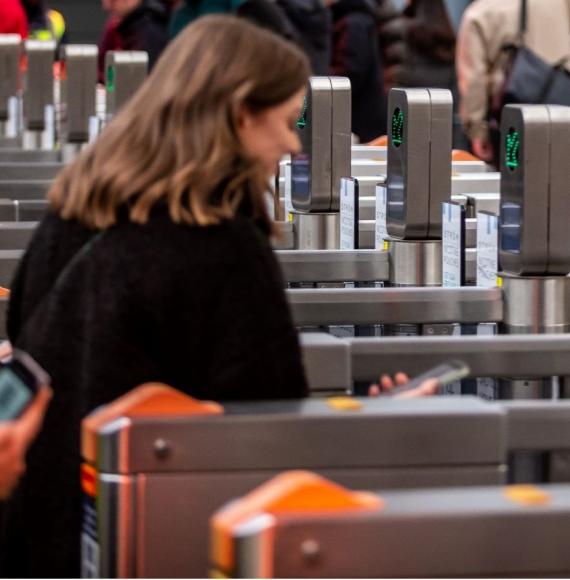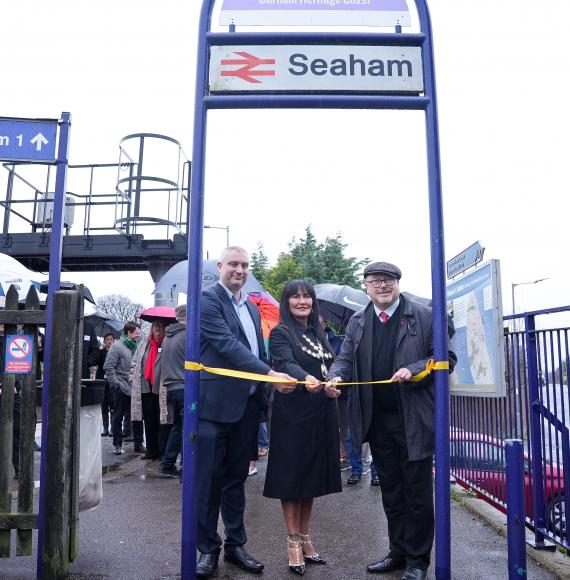Construction of HS2’s Thame Valley Viaduct has now passed the halfway mark, with 44 of 72 pre-cast beams in position and 66 of the 70 piers installed.
At 880 metres long, the viaduct near Aylesbury is one of the longest on the high-speed route. It will cross the flood plain of the River Thame, with its underside just three metres above the ground.
The viaduct’s design team chose a simple structural solution with just two large hollow 20- or 25-metre u-shaped beams per span. This technique, inspired by viaducts on the Spanish high-speed rail network, allows beams to be secured end-to-end without concrete being poured on-site.
The design also means there is less carbon-intensive concrete and steel in the structure, which will cut the viaduct’s carbon footprint by around a third.
The viaduct is also a pioneering project in terms of the amount of the structure being manufactured off-site. The beams, deck slabs, parapets and all but two piers are being manufactured almost 85 miles away, on the Isle of Grain in Kent.
As well as cutting embedded carbon, the pre-fabricated approach requires fewer lorries to deliver material to the site, simplifies construction, cuts waste and minimises disruption to the local community. Safety will also be improved, with less work to be done at height.
Ben Sebastian-Green, HS2 Ltd’s Senior Project Manager said: “Thame Valley is one of the longest – and from an engineering perspective, one of the most interesting - structures on the project and it’s been great to see so much progress over the last six months.
“The post-tensioned double-beam approach used here has enabled more of the viaduct to be manufactured off-site - dramatically improving efficiency, safety and quality while delivering outstanding performance and durability.”

Viaduct beams are usually secured together above each of the piers with a concrete diaphragm. However, the larger pre-cast beams used at Thame Valley can be secured directly to each other, removing the need for the diaphragm.
This also speeds up work on site, with up to six 90-tonne beams installed each week during the first six months of assembly.
When the beams are in place, the construction team can begin threading steel bars through the beams to lock them together. This gives the structure the required strength to support trains travelling at up to 225 mph.
Following the success of the viaduct’s design, a similar approach has been adopted for the Edgcote Viaduct in Northamptonshire.
Image credit: HS2

















